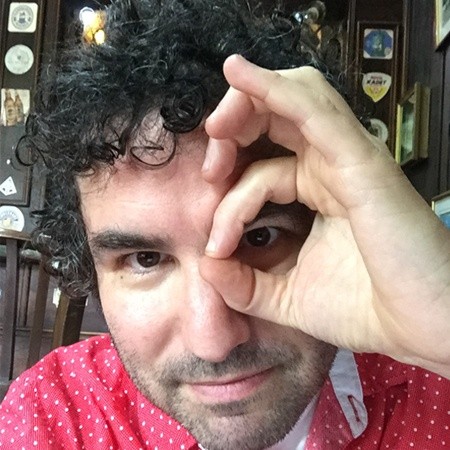Tik Tok seems to be in the midst of a boom in the Generation Z market. But what are the actual requirements for taking out an ad? Tik Tok themselves details them on a help page, so let’s dive in to see what they’re saying.
Filename: JPG or PNG. Okay, these are standard, but, interestingly, they’re not supporting some older but popular forms, like GIFs, which had previously made animation easy. They are going right for the standards of the future, not the legacy standards.
Ad proportions: 1200 x 628. This is the Facebook-led, mobile-first size. This reveals that Tik Tok is mobile-focused, but we knew that already. We should remember that this is equal to the 1.911:1 ratio for creating ads of the right proportions. Also noteworthy is that they use the “≥” symbol before the size, telling us that we can make the ads larger, but they don’t recommend any smaller.
File size: under 500kb, recommended. This is interesting for a few reasons. First, we get much more resolution than Google gives us. Second, not as much as the larger files and effectively-no-ceiling that Facebook gives us. (So they’re putting themselves in the middle.) Third, this is only a recommendation, which means you can could larger should you want to. That is great because far too many times we’ve struggled with getting ads down to the 150kb required AdWords size without sacrificing image quality.
For app and brand names: up to 40 characters in the app name, and 20 in the brand name. (Note that there’s a different standard for Asian languages.) This tells us that, like Facebook, they will show the brand name around the ad asset itself. These requirements are in the same universe as the AdWords 35 character lengths, so all of us should be used to writing ads within the 35 character limit. Plus, we get even 5 extra characters to boot! In a bit of an old-fashioned move, they don’t allow emojis in brand or app names (so they aren’t fully embracing the future).
The ad description is up to 100 characters (still different for Asian alphabets). This is substantial and you can get a lot said in there. This reinforces that the ads are of the Facebook style. Most surprisingly, emojis aren’t allowed, nor is the octothorpe (the hashtag). No emojis in the brand or app name makes sense; that’s not expected and could throw people off. Plus they’re not legally allowed in official trademarks or names. But in text paragraphs? Emojis are increasingly accepted not only by platforms but by people themselves. What has begun as a Gen Z style expanded rapidly to the Millennials and now I find myself–a guy at the tail-end of Gen X–using them all the time as well. Perhaps Tik Tok is aligning itself with the Boomers (my parents are still unlikely to use an emoji in their lifetimes).






